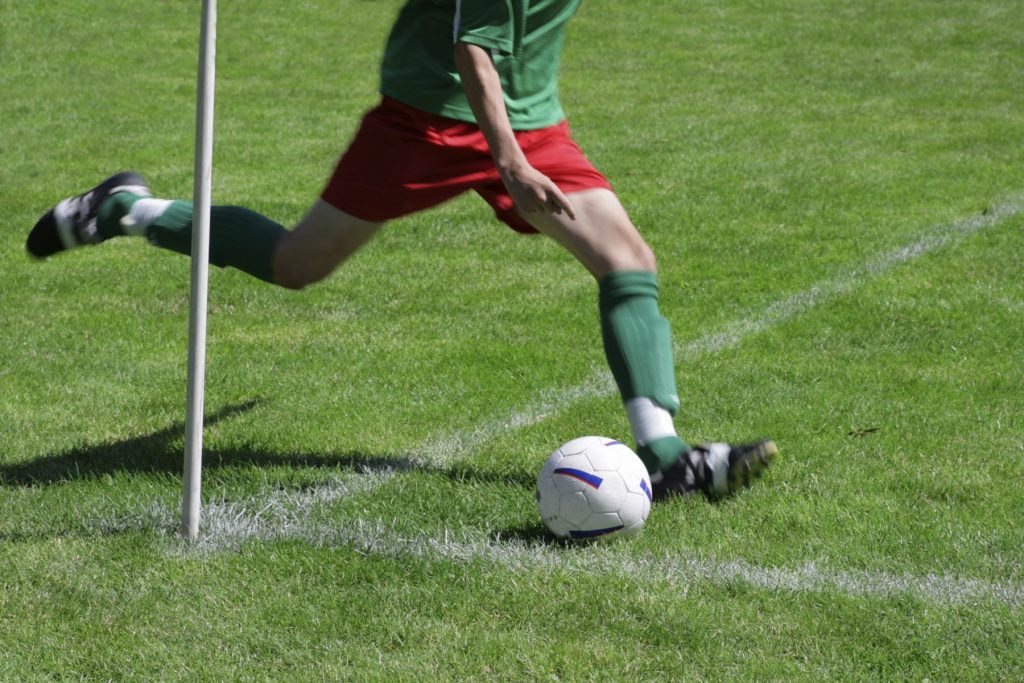Ligament reconstruction

Medically reviewed by Sam Rajaratnam FRCS (Tr. & Ortho).
Injuries to the Ligaments of the Knee

The knee is a complex hinge joint. The ligaments around and within the knee hold the joint together and prevent it from giving way during twisting and turning activities.
Various sporting injuries can damage the ligaments around the knee.
The most important ligamentous injuries include trauma to the following:
- the medial collateral ligament (MCL)
- the anterior cruciate ligament (ACL)
- the posterior cruciate ligament (PCL)
- the lateral collateral ligament (LCL)
- the medial patellofemoral ligament (MPL)
Knee injuries may often affect any combination of ligament, cartilage or structure, so an early assessment of the acutely injured knee is vital.
If you have injured one of the ligaments around your knee, you will need an urgent clinical assessment and appropriate X-rays and MRI scans.
The earlier the diagnosis, the more effective the treatment. It is essential to have an early diagnosis to help speedy repair of the damage and prevent further damage due to ongoing instability.
Once a diagnosis is made, you may require physiotherapy, bracing, protected weight-bearing and occasionally surgery. Many injuries can be treated without surgery if diagnosed early.
Anterior Cruciate Ligament Reconstruction (ACL)
The anterior cruciate ligament is an important stabiliser of the knee joint.
It prevents the knee from giving way when you pivot and change direction during activity.
ACL reconstructions have been performed for the last 30 years, and significant advances in surgical techniques have been made during this time.
It is now usually done using keyhole surgery (rather than a large incision), and various graft materials (from your tendons) can be used. The most popular method of reconstructing an anterior cruciate ligament is using a hamstring tendon. However, alternatives include the patella tendon, allograft tissue or artificial material (LARS ligament).
If you need an ACL reconstruction, Mr Rajaratnam prefers using the patient’s hamstring tendons, which give excellent and reliable results. Still, he will talk you through the various options available and their merits.
Joe Weller – professional boxing against KSI – within a year after ACL reconstruction
What To Expect from your ACL Reconstruction
Mr Rajaratnam strongly believes in rapid recovery programmes following ACL reconstructions. He has developed several of these programmes in the hospitals in which he operates.
Following ACL reconstruction and a full course of rehabilitation, most patients will return to sporting activity with a robust, stable and pain-free knee.
An extended period of physiotherapy and recovery is required after ACL reconstruction, and it usually takes 9 months before the patient can return to full-contact sports.
PCL (POSTERIOR CRUCIATE LIGAMENT) RECONSTRUCTION
The posterior cruciate ligament (PCL) is an essential ligament at the back of your knee. You can injure your posterior cruciate ligament if your knee sustains a head-on blow (for example, in a motorbike accident or a rugby injury).
A PCL injury may be treated with bracing and physiotherapy in many instances. Occasionally a grade 2 or grade 3 PCL injury may need surgical reconstruction.
What To Expect from your PCL Reconstruction
Mr Rajaratnam does PCL reconstructions with the keyhole technique. He often uses the patient’s hamstring tendons or allograft material to reconstruct the PCL.
Like an ACL reconstruction, PCL reconstruction will need an extensive physiotherapy programme to return the patient to peak fitness.
Medial Collateral Ligament Injuries (MCL)
Most isolated MCL injuries can be treated conservatively with bracing and physiotherapy, as the vast majority heal very well without surgery. Diagnosing these as early as possible after the injury occurs is essential.
MCL injuries can also occur combined with meniscal tears and ACL injuries, which will need careful management. Mr Rajaratnam will carefully guide you through the appropriate surgical and rehabilitation programme to enable optimal recovery for any combination of injuries.